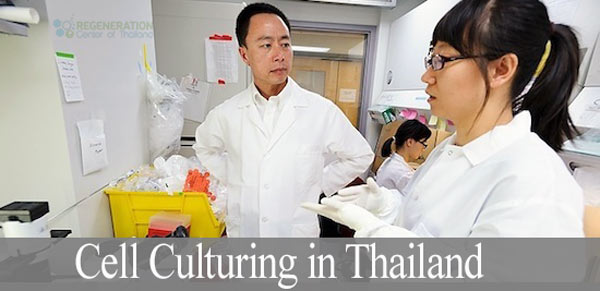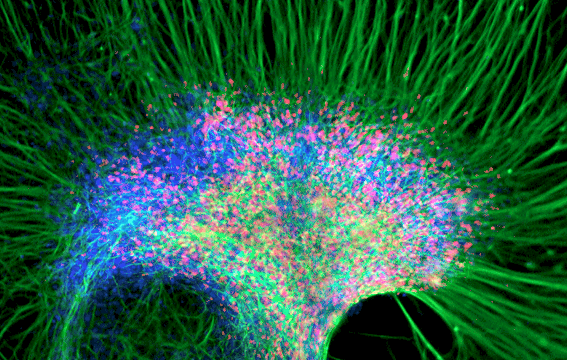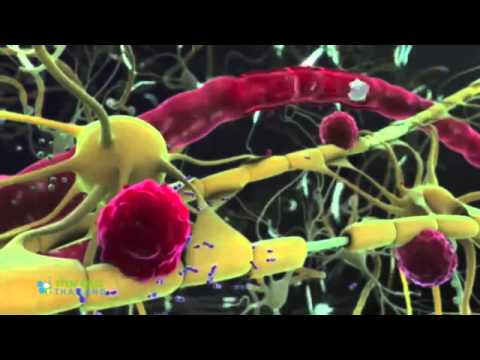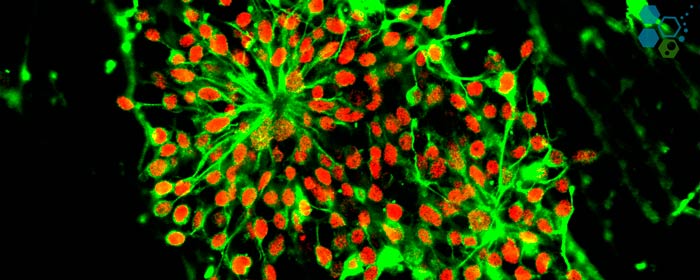Cell cultures or “In vitro cell culturing” is a process necessary for modern medical research and stem cell treatments. [1] There are several means by which cell growth and therapeutic cloning of needed cells may be achieved through the use of an artificial laboratory culture growth medium. [2] Cell Culture Video Researchers in hematopoietic allogeneic and autologous stem cell function are …
Trophoblast Differentiation in Human Development
Trophoblasts are the outermost cell layer of a blastocyst primarily responsible for the implantation process [1]. A trophoblast develops into extra-embryonic tissues, and these include the placenta. [2] Trophoblasts also functions in controlling oxygen and metabolite exchange that transpires between the embryo and the mother [3]. Trophoblasts are also sometimes referred to as trophoderm. [4] Published Clinical Citations [1] ^ Hibaoui, Youssef, and Anis …
Blastocyst Developmental Stages and Transfer
Blastocyst are embryos that has undergone development five or six days post fertilization period. The number of cells that a human blastocyst may contain ranges between 70 and 120. Blastocyst occur after the morula enters the females uterine cavity and develops a fluid-filled cavity. The morula then becomes what appears to be a hollow ball of cells that is also known …
Neural Stem Cells Therapy Glial Cells Neurons
Neural stem cells have the capability to transform into glial cells or neurons. Oligodendrocytes used in treatment of TM and astrocytes are examples of glial cells. What are Neural Cells and Why are they Important? Different areas of the human body, spinal cord and brain house different types of specialized stem cells. In haematology for example, cord blood derived stem …
Pheresis Blood & Platelet Donation | Apheresis Hemapheresis
Pheresis refers to the process of stem cell extraction from blood. It involves the passing of donor blood through an extraction machine and the eventual isolation of the stem cells (PDF Link) found within prior to pumping of the blood back into the heart and vascular system.
Benefits of Therapeutic Cloning in Stem Cell Science
Therapeutic cloning refers to a process of utilizing SCNT or the somatic cell nuclear transfer for the production of cells exactly matching the patient. The procedure involves the combination of the patient’s enucleated egg and somatic cell nucleus. Therapeutic cloning Vs Reproductive cloning Video Doctors may then proceed with the harvesting of embryonic stem cells from the resultant embryo, which …





